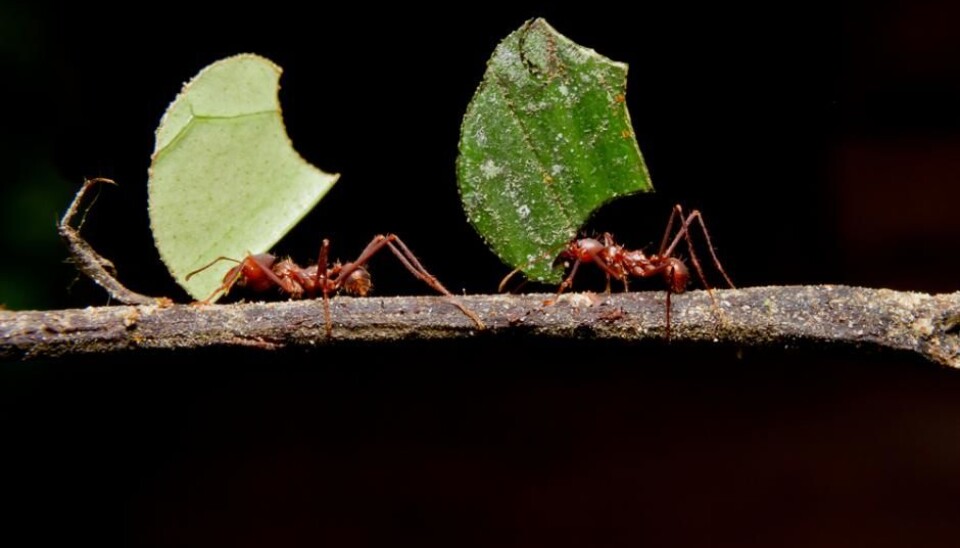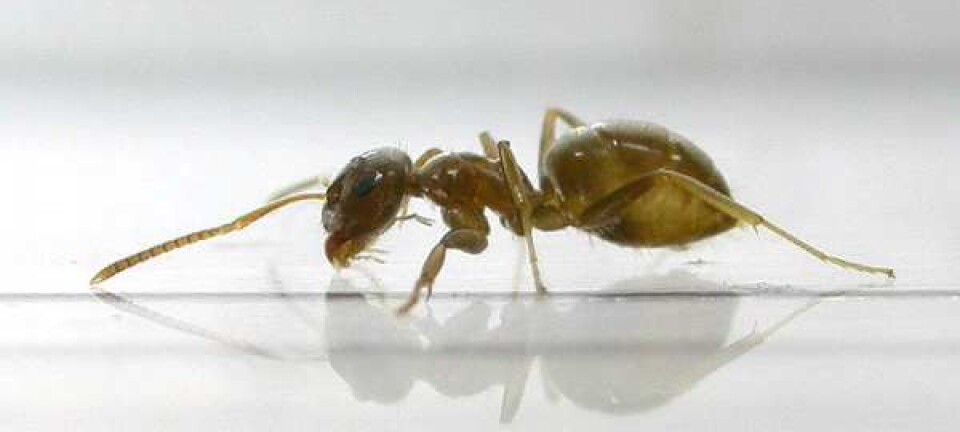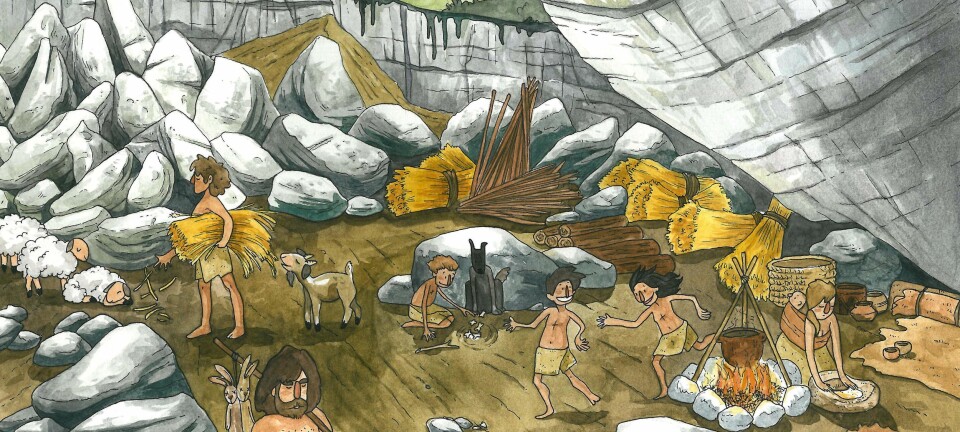
Ants developed agriculture 50 million years ago
We humans often see ourselves as the pioneers of farming but it is actually ants who led the way, millions of years ahead of us.
This article is part of our Basic Research theme
People in the Fertile Crescent began farming 10,000 years ago, but we were by no means the first agriculturists on the planet.
Throughout time, small ants have crawled under the feet of human farmers, gathering leaves from the forest floor and taking them home to their nests where they slowly decompose and re-emerge as fungus--a rich source of nutrients for ants.
Ants may go unnoticed, but they have been working just as hard as any farmer.
“Ants were around long before us and have been farming for 50 million years. Instead of potatoes and tomatoes, they cultivate fungus to eat,” says Veronica Sinotte, a master’s student from the Center for Social Evolution--a centre for basic research--at the University of Copenhagen, Denmark.
Sinotte is helping scientists at the centre to monitor the behaviour of the small creatures.
Veronica Sinotte, a master’s student from the Center for Social Evolution at the University of Copenhagen, explains how ants cultivate their crops. (Video: ScienceNordic.com/Kristian Højgaard Nielsen/Ida Eriksen)
Ants take good care of their crops
Just like farmers, ants take good care of their precious crops.
“They remove ‘weeds’ and bad fungi with the help of antimicrobial substances that they spit out and use as a type of pesticide against bacteria and parasites,” says Sinotte.
And some ants have tricks up their sleeves that farmers can only dream of: they produce their own antibiotic-like substances, which allow them to fight diseases in both the crops and among themselves.
Ants’ farming system pre-dates our own, but it is nonetheless very similar.
The ability to work together is common to both species, says Jes Søe Pedersen, a lecturer in evolutionary biology at the Center for Social Evolution.
“There’s much more cooperation in nature than we’re aware of. Working together to excel at farming and to fight disease has paid off throughout evolution,” he says.
Read More: Ants care for their sick to avoid epidemics
“We can learn a lot from ants”
Cooperation plays a central role in ant farms.
Leaf cutting ants, says Pedersen, work together with other organisms, such as certain bacteria and fungi, to avoid diseases and pests in their crops.
“So they have friends that aid them in the fight against their enemies,” he says.
We humans can learn a lot form this approach, says Pedersen.
“Fortunately, we’ve already started to use ants to fight pests in our own farming practices. But we still have a lot to learn from ants, who have much more experience of fighting their enemies in this way,” he says.
------------------
Read the Danish version of this story on Videnskab.dk
Translated by: Catherine Jex









